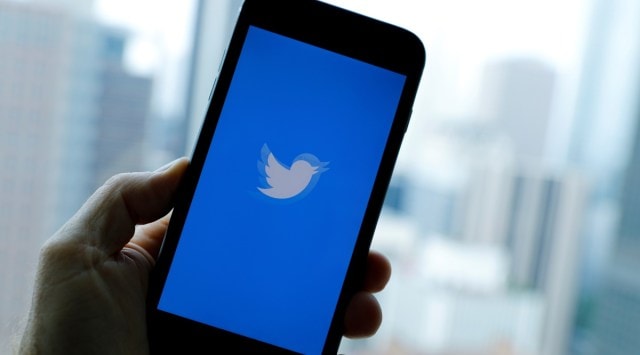Users criticise Twitter over ‘racism’ in photo previews, company says it will look into it
Several Twitter users posted photographs that had a white and black person's face to back their claim that the preview was more likely to show the white person's face.
 Many carried out informal tests conducted online using pictures of Mitch McConnell and Barack Obama showed that the preview algorithm consistently prioritised McConnell face over Obama’s. (Picture credit: Reuters)
Many carried out informal tests conducted online using pictures of Mitch McConnell and Barack Obama showed that the preview algorithm consistently prioritised McConnell face over Obama’s. (Picture credit: Reuters) Multiple users tweeted about out what they claimed was a racially bias of Twitter’s photo preview feature, prompting the company’s top officials to respond and say that they would look into it .
Several Twitter users posted of long vertical photographs that had a white and black person’s face at either end to back the claim that the photo preview feature was more likely to show the white person’s face. Twitter user Colin Madland claimed the facial recognition feature was not showing his black colleague’s face when he was using a virtual background.
A faculty member has been asking how to stop Zoom from removing his head when he uses a virtual background. We suggested the usual plain background, good lighting etc, but it didn’t work. I was in a meeting with him today when I realized why it was happening.
— Colin Madland (@colinmadland) September 19, 2020
any guesses? pic.twitter.com/9aIZY4rSCX
— Colin Madland (@colinmadland) September 19, 2020
After Madland’s tweet, many carried out similar informal tests online to determine the cause. Many also experimented with different faces, including Republican senator Mitch McConnell and former president Barack Obama, to claim that the feature may have a bias.
Here are some of the other tests that users conducted:
I wonder if Twitter does this to fictional characters too.
Lenny Carl pic.twitter.com/fmJMWkkYEf
— Jordan Simonovski (@_jsimonovski) September 20, 2020
exploring switching the right one with left. pic.twitter.com/LPhE4VPNUB
— Hansraj Gautam (@HansrajGautam) September 20, 2020
There you go pic.twitter.com/JgOGBAVxgz
— nota 🐙 (@NotAFile) September 19, 2020
As the informal trials set Twitter abuzz, the platform’s chief technology officer Parag Agrawal said that this was an important question.
“To address it, we did analysis on our model when we shipped it but needs continuous improvement. Love this public, open, and rigorous test — and eager to learn from this,” he tweeted.
This is a very important question. To address it, we did analysis on our model when we shipped it, but needs continuous improvement.
Love this public, open, and rigorous test — and eager to learn from this. https://t.co/E8Y71qSLXa
— Parag Agrawal (@paraga) September 20, 2020
Twitter’s chief design officer Dantley also responded to the issue to assure users that they were checking the platform’s neural network on why this was happening.
Here’s another example of what I’ve experimented with. It’s not a scientific test as it’s an isolated example, but it points to some variables that we need to look into. Both men now have the same suits and I covered their hands. We’re still investigating the NN. pic.twitter.com/06BhFgDkyA
— Dantley 🔥✊🏾💙 (@dantley) September 20, 2020
- 01
- 02
- 03
- 04
- 05































